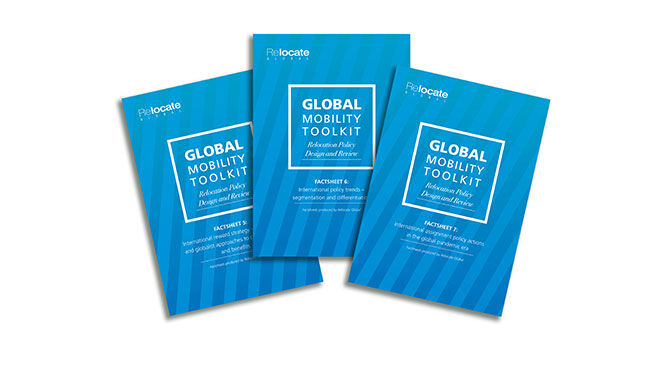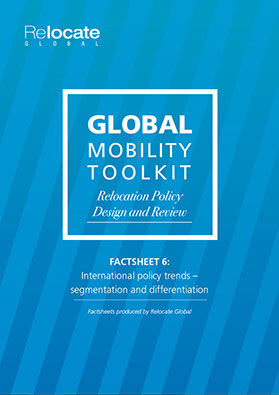International policy trends - segmentation and differentiation
A factsheet on segmentation and differentiation as part of international policy trends. Download your free copy.


- Thought leader viewpoint
- International assignment policy options and trends
- Segmentation and differentiation
- Theoretical frameworks explaining international reward implementation
- Dealing with complexity
- Useful contacts
- Further reading
SAMPLE CONTENT
Segmentation and differentiation
In designing and implementing an expatriate reward policy, it is important to consider the purpose of the assignment and the specification of the personnel required to meet its objectives. Not all international assignments are the same. International compensation and benefits policies must address different scenarios, while aiming for cost-effectiveness and equity as far as possible. To achieve this, there is an increasing trend for organisations to differentiate between assignment objectives, the personnel undertaking the assignment and various other factors such as assignment length, location and pattern of mobility.Brookfield’s GRS research indicated that in 2016, 17 per cent of organisations segmented their policy by business reason, seven per cent by employee level and four per cent by region/geography. Segmentation of policy is increasing. Air Inc. reports that in 2019, organisations operate an average of 5.3 policy types – up from 4.4 in 2018 – with 40 per cent of firms surveyed looking to add a new policy this year (the top five being commuter, business traveller, permanent transfer, home-based long-term assignment light and locally hired non-national). Cartus reports in its 2018 survey that 59 per cent of firms believe that developing more policy options will facilitate the most appropriate way to match international rewards with the desired assignment outcomes aligned with business parameters. More choice of policies should also reduce the need for exceptions to policy.Santa Fe notes in its 2018 survey that the evolving array of destinations and talent demands are creating increased challenges to ensure appropriate policies are in place to support mobile personnel. Policy design has almost become an industry in its own right, as a wide range of policies is now becoming commonplace. These include:- Short-term
- Long-term (home-based, home-based light, host-based, host-plus)
- Commuter
- Business traveller
- Developmental
- Graduate
- Permanent or one-way transfer
- Localised Locally-hired non-national
- Rotation
- Long-term globalist
- Volunteer assignments

Click to download the full factsheet

For a full list of Global Mobility Toolkit components, and to download your free resources, visit our Global Mobility Toolkit Resource Centre page.
For information on sponsorship opportunities, call Fiona Murchie, managing editor, on +44 (0)1892 891334, or email toolkit@relocatemagazine.com©2025 Re:locate magazine, published by Profile Locations, Spray Hill, Hastings Road, Lamberhurst, Kent TN3 8JB. All rights reserved. This publication (or any part thereof) may not be reproduced in any form without the prior written permission of Profile Locations. Profile Locations accepts no liability for the accuracy of the contents or any opinions expressed herein.





























